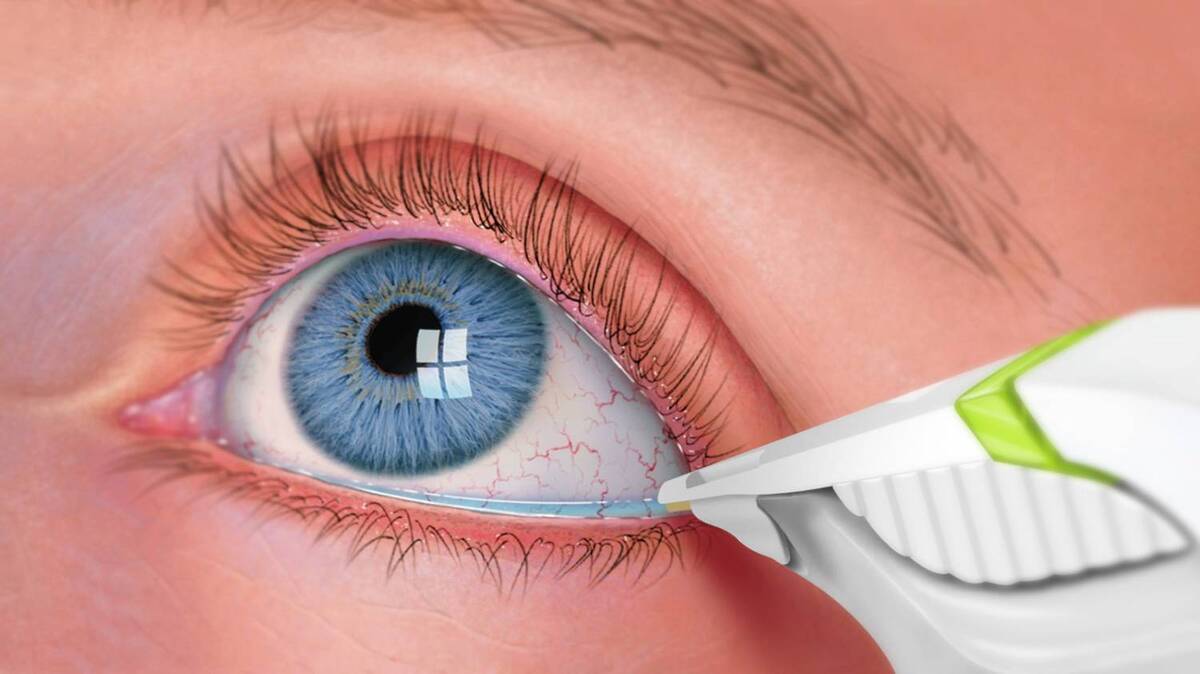Eyelash Extensions Can Be Seriously Dangerous

Our natural eyelashes perform important functions. The eye is exposed to the elements so it's a window for bacteria and viruses to enter the body – potentially causing death, the ScienceAlert reported.
Eyelashes protect our eyes by diverting air away from the surface of the eyeball, keeping airborne particles out of the eye by making us blink, as well making sure the eyeball stays lubricated.
Eyelash extensions are individual fibres that are attached to each natural lash, one at a time.
Eyelash extensions can be made of different types of material, including natural fibres such as silk and hair from mink or horses or synthetic fibres such as nylon or plastic. The extensions are attached using glue, which can cause problems.
Most technicians will do a pre-appointment patch test, usually on the wrist or behind the ear, to check for allergies to the glue; however, even if there's no allergic reaction, the chemicals in the glue can still be irritating on the sensitive eye area and the weight of the glue can cause irritation of the eyelashes.
Proper application is paramount. There have been reports of people gluing their eyelids together with eyelash adhesive. Concerningly, given that the adhesive is applied so close to the eye, eyelash glue should never come into contact with the eye's surface.
According to one study, over 60% of women reported keratoconjunctivitis – an eye condition that involves inflammation of both your cornea and conjunctiva at the same time – after getting eyelash adhesive in their eyes. The same study reported 40% of women had an allergic reaction to the glue.
Ophthalmologist Brian Boxer-Wachler discusses the dangers of eyelash extensions on US TV show, The Doctors.
There are instances where nail glue, which is much stronger and more potent, has been sold as eyelash glue or used in its place. In one of the most shocking instances of misapplication, one woman's eyelids were stuck together after superglue was used to apply her eyelash extensions.
Eyelash adhesives can pose a different health hazard. One study tested 37 consumer and professional eyelash glues for formaldehyde, which is a recognised cancer-causing chemical.
The research found that 75% of the 20 professional glues tested released formaldehyde and four of the 17 consumer glues also contained the chemical. Some of the glues containing formaldehyde did not declare it in their ingredients.
Preservatives in the glue can cause toxic conjunctivitis and conjunctival erosion – when the layer of cells on the surface of the cornea, called epithelium, loosens from the layer underneath. This condition is painful and can affect sight.
The most commonly reported complication of eyelash extensions, however, is blepharitis – inflammation or irritation of the eyelids. The edges of the eyelids contain the follicles where eyelashes grow from, within the follicles are two types of glands that produce antimicrobial products to prevent build up of bacteria around the eyes.
Changes to the natural lashes prevent this from happening and leads to blepharitis-causing build-up of bacteria. Alterations to the natural lash can cause styes, as the glue or bacterial build up can block follicle secretions.
Poor salon hygiene can lead to a lash mite infestation. Most people have a number of Demodex mites living on them, but they can move from host to host and poor lash tool hygiene may cause an infestation, especially if natural lash function is impaired.
Even the most professional removal of eyelash extensions can take its toll on natural lashes.
So, some people have shunned extensions in favour of eyelash serums. Eyelash growth serums containing prostaglandin, for example, have become popular because they can significantly increase the length, thickness and darkness of natural lashes.
These serums have developed from treatment for glaucoma, where fluid buildup in the eye affects vision. It was discovered that glaucoma patients using prostaglandin eye-drops developed thicker, longer, darker lashes.
Recently, the use of prostaglandin analogues – similar molecules – has become common. However, both types of products can pose health risks.
They can change iris colour, potentially permanently, and they can result in loss of fat tissue around the eye – known as prostaglandin-associated periorbitopathy, which can give eyes a hollow look and worsen the appearance of dark circles.
If you want to invest in eyelash enhancements then be sure to go to an experienced technician at a professional salon with scrupulous hygiene – and, if you value your natural lashes, don't make it a regular habit.
Adam Taylor, Professor and Director of the Clinical Anatomy Learning Centre, Lancaster University.
4155/v
























